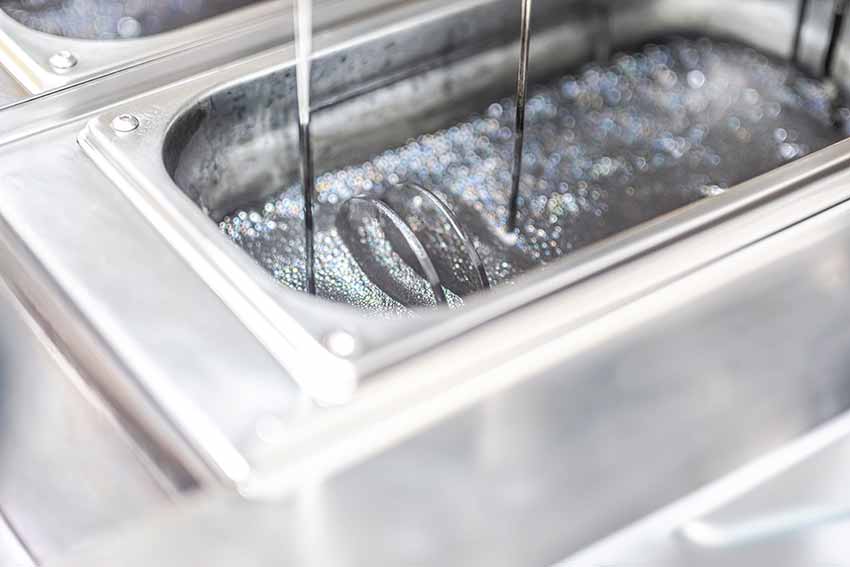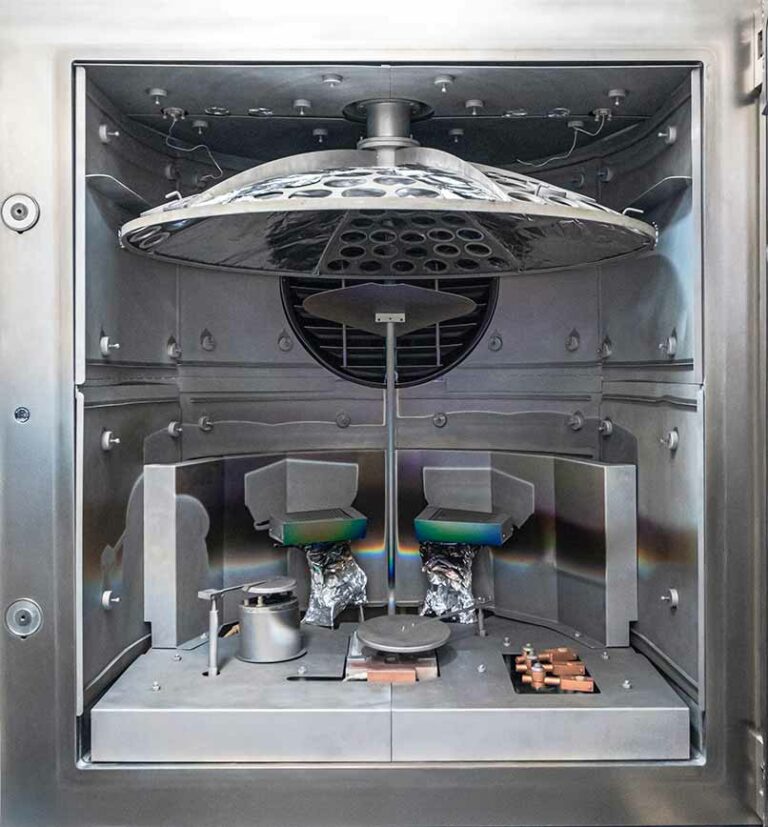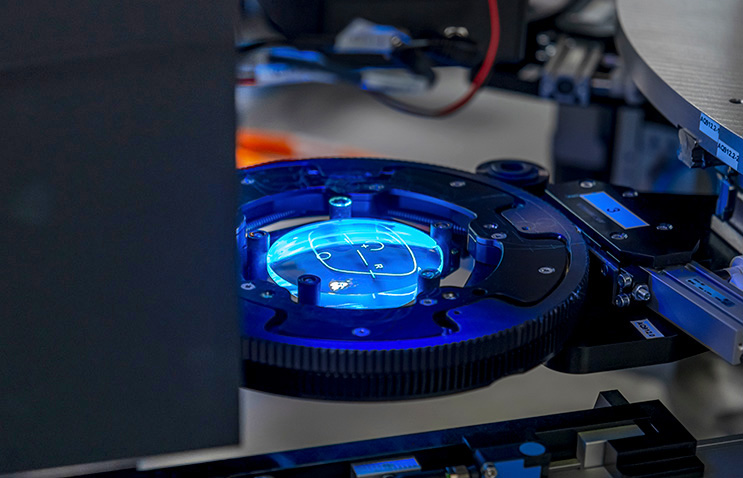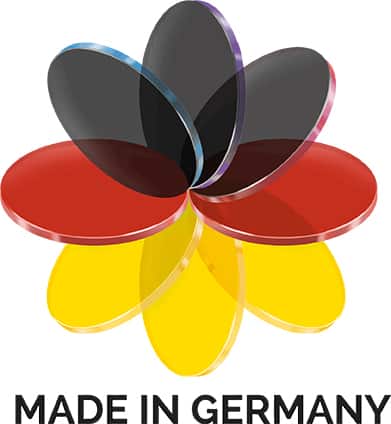Spectacle lenses can be made from two main types of material: Glass and plastic.
Glass lenses are made from optical glass, which is known for its clarity, scratch resistance and excellent optical properties.
Plastic lenses are made from different types of resins, including polycarbonate and CR-39 (a plastic polymer), which are lighter than glass and offer high impact resistance. High-index plastics are also used to provide thinner and lighter lenses for higher prescription values.
Want to opt for environmentally friendly lenses? EVA (Ecologival Value Added) is a plant-based lens material and offers the wearer a great alternative to help protect the environment and the climate.
Which lens index (1.50 to 1.74, incl. Poly/Trivex) is suitable for which requirement?
Basically, plastic materials can be divided into two different material groups. Trivex and polycarbonate as so-called thermoplastics (fusible) differ from the other materials (thermosets – hardened by heat) due to their excellent resistance to breakage. It is not without reason that these materials have always been used in all areas of occupational safety, in sports applications and also in military applications. In addition to these properties, thermoplastics are particularly lightweight. For the end consumer, Trivex and polycarbonate are the first choice for children’s glasses and sports glasses. However, polycarbonate in particular also has a few disadvantageous properties. For example, polycarbonate is not the best choice in terms of optical imaging and is quite susceptible to some cleaning agents.
So there are also good reasons for the market-dominating thermosets, under which the standard indices 1.50, 1.60, 1.67 and 1.74 are summarized. A decisive advantage of these is that it is possible to produce significantly higher indices = thinner lenses. The higher indices in particular also score points for the natural UV protection of the materials without the need for tinting.
The question: “What is the best material?” is therefore not easy to answer.
For sports applications, we recommend Trivex and polycarbonate. For normal everyday use, the decision is usually based on visual acuity. The now obsolete CR39 material in index 1.50 is no longer recommended for many reasons (UV protection, break resistance, processing properties, thickness). Index 1.60 is becoming increasingly established as the standard, which is upgraded to index 1.67 or 1.74 depending on the wearer’s dioptrical powers.








